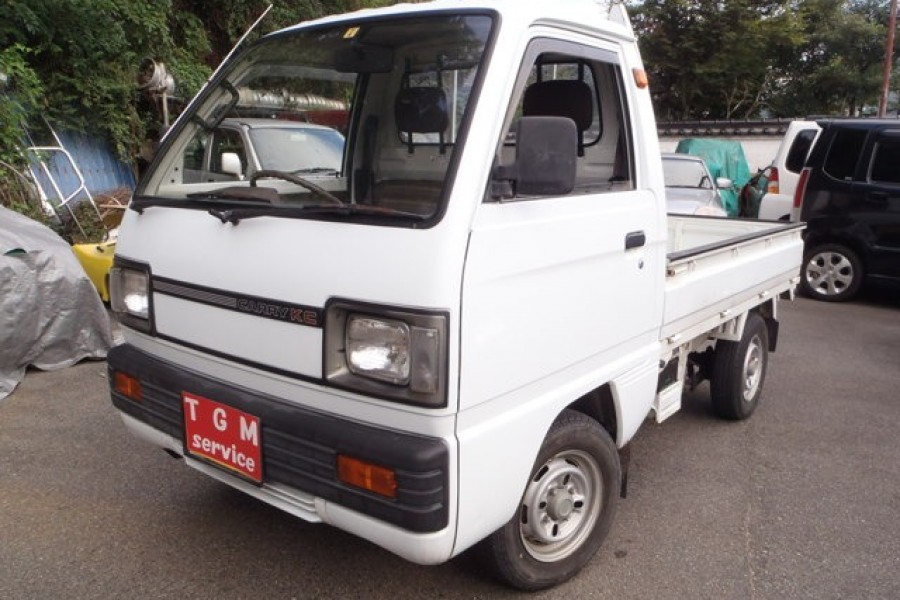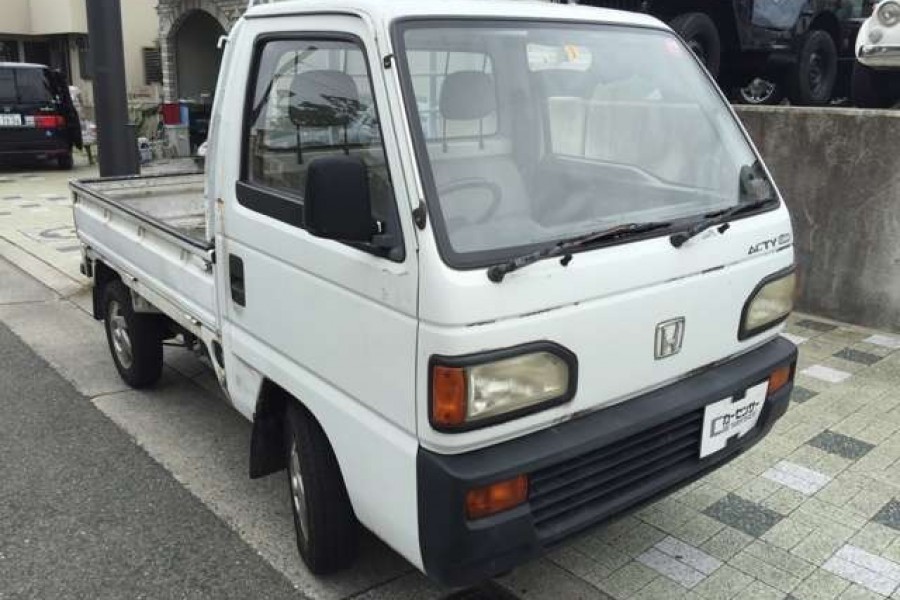Common Reasons Why AC Could Fail in Your Truck
The air conditioning system in a truck provides the best temperature for those in the truck’s cabin. When turned on, it warms the vehicle in cold weather, and when turned on in hot weather, it provides cool air. It creates a conducive environment for those in the cabin of the truck. The failure of the AC system is a common problem, especially AC on old trucks. You can fix the AC failure at by yourself, but if you are not able to, knowing the possible causes of why AC could fail, is very important.
Common Reasons Why AC Could Fail in Your Truck
When the AC system breaks, you will hear funny sounds and bad smells from your mini truck. Let us analyse some of the reasons for AC failure.
Weak Airflow
When you turn on your AC and realize a weak airflow, you should repair your AC system as soon as possible. The inadequate airflow can be due to blockages on the refrigerant hose, a broken condenser, blower motor, or broken fuses or switches. Weak airflow may require minor or major repairs.
Dead AC
Sometimes you will switch on your AC and realize that nothing is happening to the temperature in your cabin. It can be a result of the compressor clutch failing to move. The compressor clutch coordinates the pulley to engage or disengage the engine power to make the compressor turn what it should turn. But when the clutch is not in good condition, the compressor will likely not receive power from the engine.
When the AC Produces a Burning Smell
If you turn on your AC and it produces a sound like something is burning, there is a problem with the wiring, and they might be burnt. The burnt wire will make your truck’s AC not effectively function. You will have to do new wiring to rectify this.
The AC Starts Blowing Cool Air, then Suddenly Blows Warm Air.
When the refrigerant is blocked due to a clogged expansion valve, the AC will feed cold air, but with time it will start bringing warm air. Sometimes you might switch on your AC, which will begin by serving you cold air but changes and starts to get warm air. A broken compressor clutch might cause this; another possible cause is a blown a fuse.
The water inside Your Truck
After driving for a long distance with the AC on, you will see water under your mini truck, which shows a healthy air conditioning system. The hose blockages prevent condensed water from flowing outside your mini truck. If you see water inside your truck, it results from water condensing and not flowing out instead of getting logged inside the vehicle. Water in the cabin of your truck signals a severe problem with the air-conditioning system, which you should address as soon as possible.
Conclusion
Your AC system might malfunction due to some of the reasons mentioned above. It is necessary to ensure that your AC runs perfectly because you never know when and when you might need its services.



